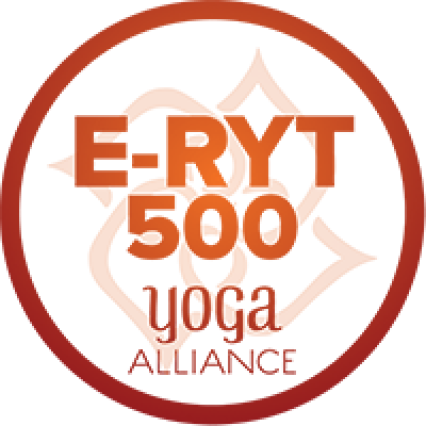
Iyengar Yoga
Die vom indischen Yoga Meister B.K.S. Iyengar (1918-2014) begründete Richtung des Hatha Yoga fördert mit differenzierten Instruktionen die symetrische Ausrichtung des Bewegungsapparates. Hilfsmittel wie Kissen, Blöcke, Seile werden ua. eingesetzt, wo fehlende Beweglichkeit besteht. Auch werden die sogenannten Props (Yogahilfsmaterial) bei restorativen Entspannungsübungen zielgericht eingesetzt. B.K.S. Iyengar gilt als einer der bekanntesten Yogis im modernen Zeitalter. Er ist der Schwager und Schüler des legendären T.Krishnamacharya gewesen. Als Jugendlicher litt er unter diversen Krankheiten, Ärzte haben ihm ein kurzes Leben prognostiziert. Sein Guru und seine starke Willenskraft machten ihn nach jahrelanger höchst intensiver Yogapraxis wieder vollkommen gesund. Iyengar's Buch von 1968 mit dem Titel Licht auf Yoga gilt bis heute als die Bibel des Yoga. Guruji, wie er auch liebevoll von seinen Schülern genannt wird, hat über zweihundert Asanas (Körperübungen) detailliert systematisiert, deren physiologische bzw. therapeutische Wirkung, sowie den philosophischen Hintergrund erforscht. Er gilt als einflussreichster Yogi seiner Zeit, laut der New York Times. Iyengar Yoga ist basierend auf den Yoga Sutras von Patanjali, dieser definiert Yoga als das Beruhigen der Bewegungen der Gedanken im Geist. Das erfordert Abhyasya (regelmässiges Üben), Vairagya (Anhaftungslosigkeit) und Tapas (inneres Verlangen). Eingebettet in den Yoga Sutras ist der achtstufige Pfad:
Patanjali's Ashtanga Yoga:
1. Yama (Ethische Ordnungen)
2. Niyama (Kultivierung von Selbstdisziplin)
3. Asana (Übungen der Yogastellungen)
4. Pranayama (Schulung des Atems)
5. Pratyahara (Hineinziehen der Sinne)
6. Dharana (Konzentration)
7. Dhyana (Meditation)
8. Samadhi (Befreiung)
Empfohlene Literatur von B.K.S Iyengar:
LIGHT ON YOGA
LIGHT ON LIFE
HOLISTIC PATH TO HEALTH AND HARMONY
LIGHT ON PRANAYAMA
LIGHT ON YOGA SUTRAS OF PATANJALI
YOGA FOR SPORTS
Diese Bücher sind mittlerweile in viele Sprachen übersetzt worden, darunter auch in deutsch.
INVOCATION TO PATANJALI
yogena cittasya padena vacam
malam sarirasya ca vaidyakena
yopakarottam pravaram muninam
patanjalim pranjalir anato’smi
abahu purusakaram sankha carkrasi dharinam
sahasra sirasam svetam pranamami patanjalim
yogena cittasya padena vacam
To purify the mind (citta), purify the consciousness, Patanjali gave the science of yoga (yogena) to us. To purify our use of words (pada) and speech (vacca), he gave a commentary on grammar to us,
so that our use of words and way of speaking is clarified, distinct and pure.
malam sarirasya ca vaidyakena
To remove the impurities (malam) of the body (sarira), he gave us the science of medicine (vaidyakena).
yopakarottam pravaram muninam
Let me go near the one who has given these things to us.
patanjalim pranjalir anato’smi
Let me bow down my head with my folded hands to Lord Patanjali. Then after knowing the work of this Lord, the second stanza says what Lord Patanjali looks like. To do any meditation first the form
has to be in front of the eyes.
abahu purusakaram
From the hand up to the head he has the shape (karam) of a human (purusa). sankha carkrasi dharinam
In his hand he is holding the conch (sankha) and disc (cakra)
sahasra sirasam svetam
On top of his head (sirasam) he has got a thousand (sahasra) hoods of the cobra, because he is the incarnation of Adishesha, the greatest cobra. Svetam means white.
pranamami patanjalim
I bow down to Patanjali.


